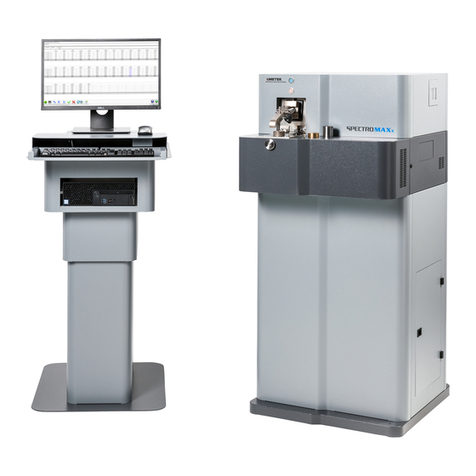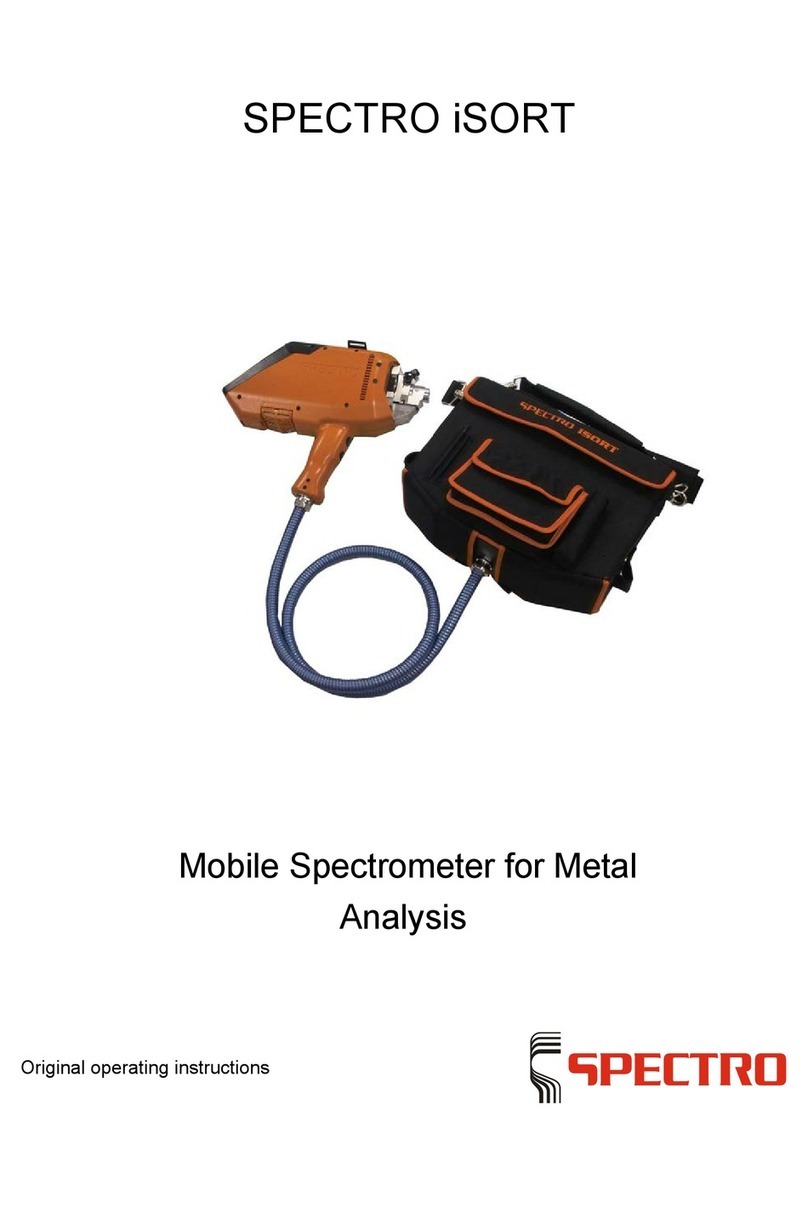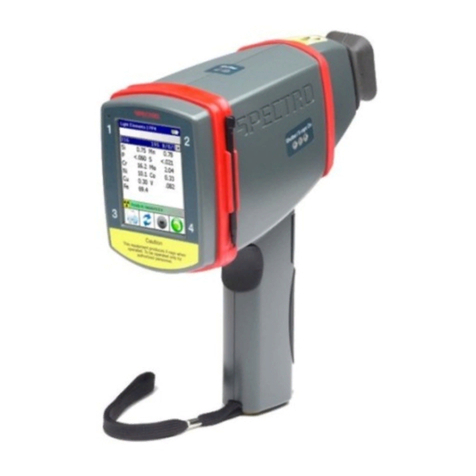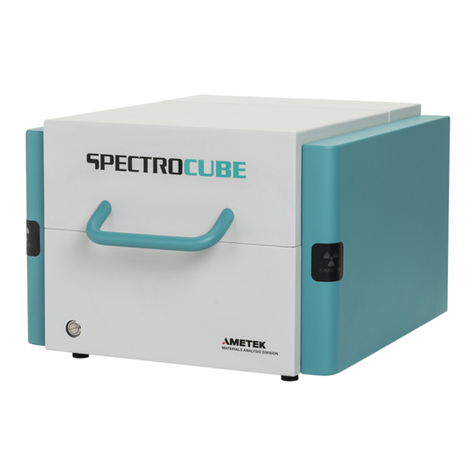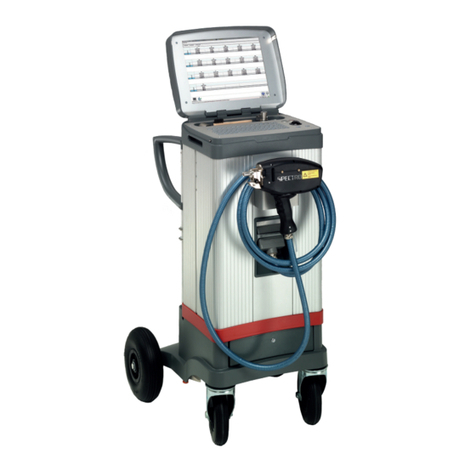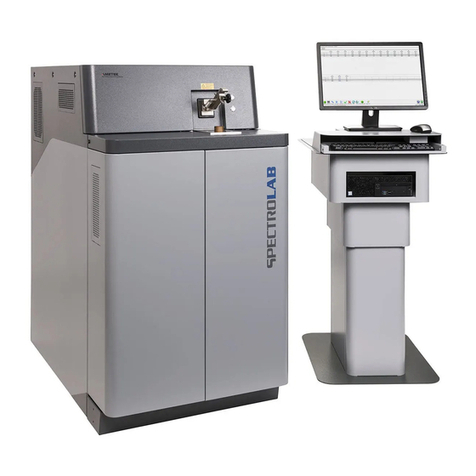
SPECTRO XEPOS — 19.01.2017 — 3
Table of Contents
1Description of instrument ....................................................................................5
1.1Description .......................................................................................................................... 5
1.2Function .............................................................................................................................. 5
1.3Overview ............................................................................................................................. 6
1.3.1Configuration ......................................................................................................... 6
1.3.2Instrument (front) ................................................................................................... 7
Opening and closing the sample chamber lid ....................................................... 8
1.3.3Instrument (back)................................................................................................... 9
1.3.4Sample chamber ................................................................................................. 10
1.3.5Sample chamber - additional components.......................................................... 11
1.3.6Sample tray ......................................................................................................... 11
2Safety................................................................................................................12
2.1Symbols used ................................................................................................................... 12
2.2User information................................................................................................................ 13
2.3Intended use ..................................................................................................................... 13
2.4Prohibited operating conditions ........................................................................................ 14
2.5Residual risks.................................................................................................................... 14
2.6Radiation protection advice .............................................................................................. 16
2.6.1Other countries .................................................................................................... 16
3Technical data...................................................................................................17
4Transportation/Setting-up .................................................................................18
4.1Storage ............................................................................................................................. 19
4.2Gas supply (optional)........................................................................................................ 19
4.3Vacuum (option)................................................................................................................ 20
4.4Uninterruptible power supply – UPS (option) ................................................................... 21
5Operation ..........................................................................................................23
5.1Displays ............................................................................................................................ 23
5.1.1Screen – Routine dialog ...................................................................................... 23
5.1.2Beam Stop display on the instrument.................................................................. 24
5.2Switching on the instrument.............................................................................................. 25
5.3Proceed with the start-up test ........................................................................................... 27
5.3.1Checking the safety circuits on the sample chamber lid ..................................... 27
5.3.2Checking the safety circuit on the filter changer ("Beam Stop").......................... 28
5.3.3Initialization of the stepping motors ..................................................................... 29
5.3.4Automatic verification of the safety circuits after one month ............................... 30
5.4Switching off the instrument.............................................................................................. 31
5.5Standby mode................................................................................................................... 32
5.6Measuring procedure........................................................................................................ 33
5.6.1Preparing the measuring procedure.................................................................... 33
How to measure different samples...................................................................... 34












